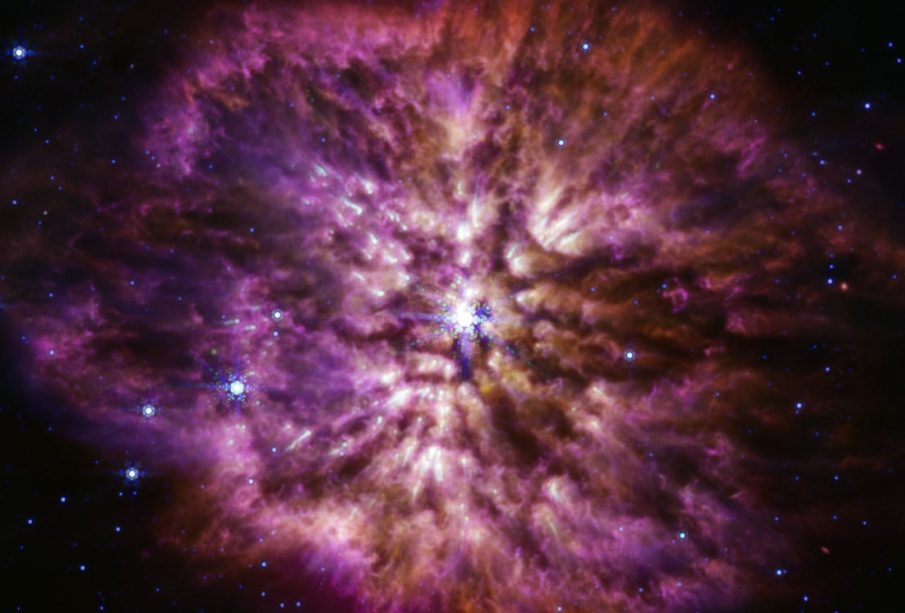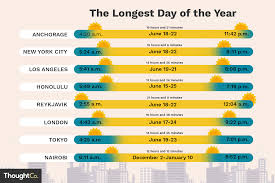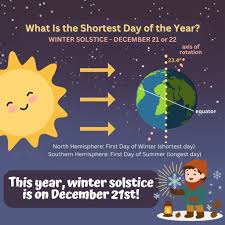Understanding Space Debris: A Growing Threat to Satellites

The Increasing Issue of Space Debris
As humanity continues to explore outer space, the issue of space debris has become a critical topic of discussion amongst scientists and space agencies. Space debris, or space junk, refers to defunct satellites, spent rocket stages, and other fragments from collisions or disintegration, all of which are orbiting Earth and pose risks to operational satellites and crewed missions.
The Scale of the Problem
According to the European Space Agency (ESA), there are currently over 36,500 pieces of debris larger than 10 cm, and millions of smaller fragments, all of which travel at speeds of up to 17,500 mph. With the increase in satellite launches, particularly with the proliferation of mega-constellations like SpaceX’s Starlink, the risk of collisions has escalated dramatically. Recent estimates suggest that, in low Earth orbit alone, the number of operational satellites has doubled in the last five years, further complicating the existing debris situation.
Recent Events Highlighting Danger
In recent months, there have been several close calls involving satellites and space debris. For instance, a recent incident reported a near-miss between a defunct Russian satellite and a functioning communications satellite operated by OneWeb. Such events raise alarms about the safety protocols in place to monitor and manage space traffic.
Responses and Solutions
In response to the mounting threat, various space agencies and private companies are developing strategies to tackle the issue of space debris. The United Nations Office for Outer Space Affairs (UNOOSA) has emphasised the need for international collaboration in debris mitigation and remediation measures. Technologies such as robotic arms, nets, and harpoons are being developed as potential solutions for removing larger debris from orbit. Additionally, there is a growing push for stricter regulations governing satellite design and the end-of-life protocols for spacecraft to ensure they do not contribute to the debris problem.
Conclusion
Space debris continues to be an urgent concern as we venture further into the cosmos. The accumulation of debris not only jeopardises existing satellites but also threatens future exploration missions, including manned missions to Mars and beyond. Without effective measures and international cooperation, the issue of space debris will likely worsen, making it imperative for all space stakeholders to prioritize this challenge. As the global community continues to explore innovative solutions, the future safety of our operations in space rests on our collective responsibility to manage our orbital environment.









